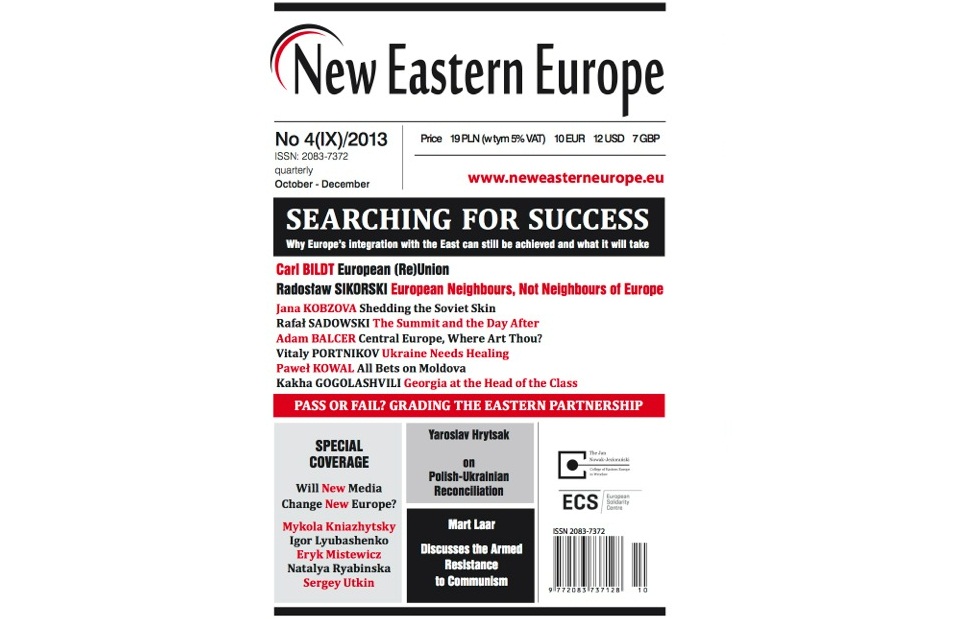News will continue to go digital. People are accessing news on smart phones and tablets: journalists and advertisers will have to repackage their words and images to fit these new formats.
Journalism.co.uk asked industry experts for their predictions of the main developments in 2014. Here are their top ten:
1) Mobile and responsive design.
More news is being read on mobile phones and editors will need to adapt their stories to small screens, making the layout of the stories more elegant and responsive.
2) Geo-targeted content.
Again, if you are reading news on a mobile phone, you are going to be more interested in news directly relating to the place you are. The news industry will pay more attention to geotargeted content.
3) Private social media.
News organisations have worked hard to get news out onto public social media platforms like Twitter. Now they will try to reach ‘private’ social media platforms like Snapchat and Instagram Direct, to try to get readers to share news with people on their private networks.
4) Drone Journalism.
Drone journalism will become more popular, as news organisations realize that it is a way to get photograph of hard to reach scenes. The biggest restriction comes from civil aviation rules in most countries, which restrict the use of drones.
5) Short-form video.
In 2013, large numbers of people began viewing short news videos on their phones. This trend is set to continue with the roll out of 4G technology, and news organisations will focus on delivering short, 15 second snippets of video news.
6) Real-time analytics.
Media companies will use live analytics software to learn what their online audiences are consuming and when they are consuming it and will generate content to suit them.
7) Windows Phones.
Windows is finally getting its act together with its mobile phone technology, and may emerge as a real competitor to iOS Apple and Android this year.
8) Wearable tech.
If Google Glass is released this year, it could revolutionise journalism in the way the smart phone did. iWatch, smart home appliances and developments in 3D printing will all affect the way we receive our information.
9) Anticipatory news.
News orgnaisations will use data in new ways, harvesting data on where their readers are and what they are doing, to offer up personalized information.
10) Native advertising
The New York Times has already revamped its website to create more space for native advertising or branded content. Other news organisations are bound to follow suit.
Tags: 2014, Advertising, digital news, digital trends, Drone Journalism, native advertising, New York Times, news organizations, newspaper advertising, NYT, private social media, Social media, trends














































